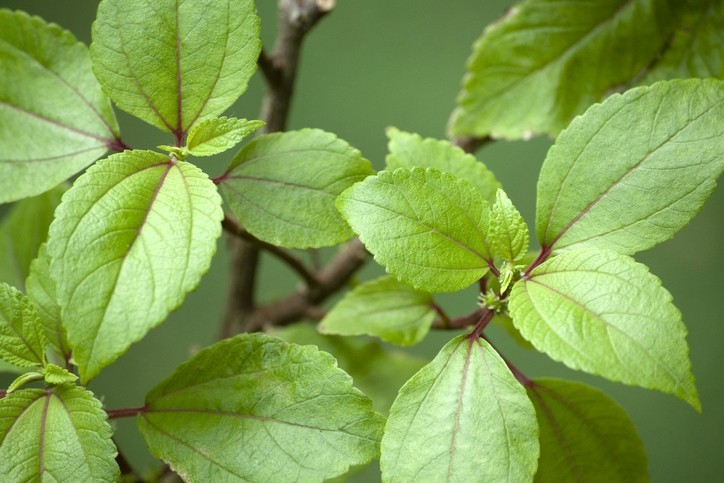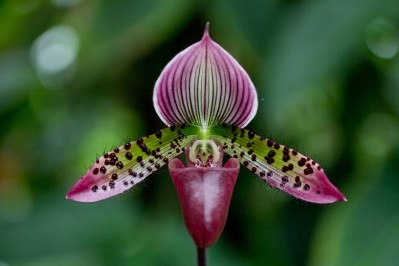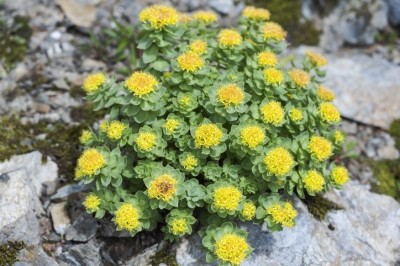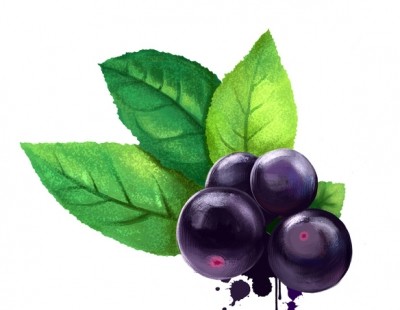Popular Hawaiian tea ingredient poised for market growth, expert says

Māmaki refers to any one of four plants genus Pipturus Wedd. (Urticaceae) native to the Hawaiian Islands and other parts of the Pacific. It is the subject of a new review published in HerbalGram, the periodical from the American Botanical Council. The article was written by botanical expert Thomas Brendler, PhD.
Endemic plant weathers storm of invasives
Unlike many other endemic Hawaiian flora and fauna, māmaki has not succumbed to the onslaught of invasives that followed the first Western discovery of the islands. That is generally thought to Capt. James Cook’s voyage in 1778. But at least one academic asserts that the islands had been sighted more than two hundred years earlier by a Spanish navigator.
Western contacts, encouraged by Hawaiian ruler Kamehameha I (who gained overall ascendency of the island chain with the help of Western weapons), came thick and fast in the years that followed Cook’s landfall. This was detrimental to the Hawaiians themselves from a disease standpoint, but was a true cataclysm for the flora and fauna of the isles. Rats, cats and invasive plant species ran amok.
Nevertheless, populations of māmaki plants appeared to have held their own in their higher altitude strongholds. Brendler notes that much of the ingredient that is currently in trade is still being collected in the wild.
Ingredient lacks specification
One of the issues surrounding this plant that Brendler brings forward is its highly imprecise nomenclature and variable biochemistry of items branded as māmaki. The plants, which are stingless members of the nettle family, can grow as anything from a large bush to a small tree. Brendler quotes Austrian-American botanist Joseph Francis Rock as saying that P. albidus “is a most variable species, and if one should undertake to separate the various forms, one would have to name individual trees.”
Later work on the nomenclature of the plants endemic to the Hawaiian Islands has reduced the number of species to four (P. albidus, P. forbesii, P. kauaiensis P. ruber) from almost thirty, Brendler noted, with those left by the wayside reduced to the status of synonyms. Nevertheless, the variegated nature of the raw material will complicate wider market application of the botanical, he said.
What’s it good for?
Māmaki is currently sold in the market mostly as a loose herbal tea. Purveyors of the finished good usually position it as a general overall tonic, although traditional uses have included as a respiratory health agent as well as for mood support. Other parts of the plant, such as the bark, fruit and roots, have found traditional uses as well, Brendler noted.
Brendler said more work needs to be done to fully characterize the ingredient, so that any health claims made for it can find greater support in the scientific literature. Phenolic acids such as catechins, chlorogenic acid, and rutin have been identified in the leaves, and β-sitosterol, stigmasterol, squalene, polyprenol and the triterpenes glutinone, friedelin, and glutinol have been found in the plants as well. However, not all compounds are present in the various species and the concentrations vary as well, which could hold back greater market application.
Jumbled supply picture
The supply situation also needs clarification. One of the finished goods sellers, Kona Coffee and Tea, only says that it sources its māmaki from “local, reliable and environmentally friendly partners.” The company adds, however, that it has begun cultivation of the plant on its own farm.
Brendler said while there is no indication that the wild sources of the leaves are under threat, cultivation is the way forward for the ingredient on its path to wider market application. Brendler said the first cultivation efforts began around the year 2000 and have progressed steadily since, although his article contains no figures about acreage or annual harvest tonnage.
About half of the 20 finished goods brands that Brendler surveyed claim to be using some form of cultivation, some of which is organic certified. Across the board, botanical ingredient suppliers are finding that wildcrafting as a sourcing method is under threat because the supply of harvesters themselves continues to contract, according to a paper published recently.
All in all, Brendler said there is enough potential in māmaki to warrant further development work.
“Māmaki is an underused botanical ingredient with substantial market potential, both in terms of prospective health and nutritional benefits (based on its traditional use) and a supply chain that is relatively easy to scale up. However, the genus is poorly documented, and a taxonomic review to enable more accurate species differentiation is needed, as is further scientific exploration of the chemistry and pharmacology of Pipturus species to corroborate traditional uses,” he concluded.
Source: HerbalGram
32 ISSUE 136 2022
Māmaki Past and Present
Author: Brendler T
















